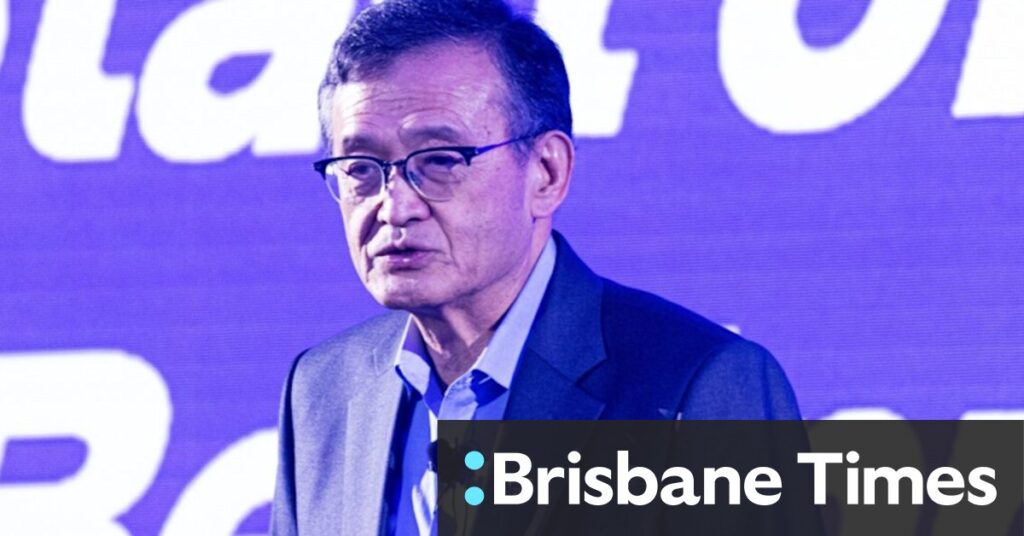
The bulk of his fortune stems from Cadence Design Systems, a maker of chip design tools where Tan was chief executive officer for 12 years before joining Intel. He has sold shares worth more than $US575 million in the San Jose, California-based company, and still holds a $US500 million position, according to Bloomberg’s calculations.
The 65-year-old technology and venture capital industry veteran has amassed a fortune worth at least $US1.1 billion ($1.7 billion), according to the Bloomberg Billionaires Index, which is calculating Tan’s net worth for the first time. Days after calling for the firing of Intel’s CEO, President Donald Trump changed his mind following a “very interesting” meeting with the executive. “His success and rise is an amazing story,” Trump wrote in a Truth Social post.
The Meeting That Changed Everything
A Bloomberg report late Thursday afternoon revealed that the Trump administration is in talks with Intel to potentially have the US government take a stake in the Silicon Valley chipmaker. This news sent the company’s shares up 7.4 percent in New York. The stock has gained 15 percent since Tan’s appointment as CEO in March, boosting the value of his stake to more than $US29 million.
Meanwhile, Tan’s tenure at Cadence, along with his role as executive chairman of venture firm Walden International, initially drew criticism from Washington. Trump ally and Republican Senator Tom Cotton sent a letter to Intel’s board chair earlier this month questioning Tan’s ties to China and his history at Cadence, which sold products to a Chinese military university. A day later, the president posted that Tan was “highly CONFLICTED and must resign, immediately.”
Controversies and Criticisms
Tan called the claims “misinformation” in a letter to employees. However, his record of investing in China and the riches it has brought him had already cast a shadow over his work. In July, Cadence pleaded guilty to violating US export controls during Tan’s tenure and took a $US140.6 million charge related to settling the cases. Earlier, in 2023, the US government had sent Tan a letter asking Walden to explain its investments after the San Francisco-based firm had invested in more than 100 Chinese companies.
According to sources familiar with the matter, Tan’s efforts to reassure the Trump administration about his intentions and the strategic importance of Intel to the US economy played a crucial role in changing the President’s stance. The move represents a significant shift in the administration’s approach to handling corporate leadership with international ties.
Expert Opinions and Future Implications
Industry analysts suggest that Tan’s ability to navigate these complex political waters underscores his acumen in both business and diplomacy. According to tech industry expert Dr. Lisa Chang, “Tan’s story is not just about personal success but also about understanding the geopolitical landscape of technology and innovation.” She adds that his experience with Cadence and Walden International has equipped him with a unique perspective on global markets.
Looking forward, the potential for the US government to take a stake in Intel could signal a new era of public-private partnerships in the tech sector. This development follows a broader trend of governments worldwide seeking to secure their technological infrastructures amid growing international tensions.
The implications of this move are far-reaching. It could set a precedent for how the US government engages with tech giants that have significant foreign investments or ties. As the situation evolves, stakeholders will be closely watching how this partnership unfolds and what it means for the future of US technological leadership.
As Tan continues to lead Intel, the industry will be keenly observing how his leadership will navigate the challenges and opportunities that lie ahead. The next steps will likely involve strategic decisions that align with both corporate goals and national interests, potentially reshaping the landscape of American technology.





